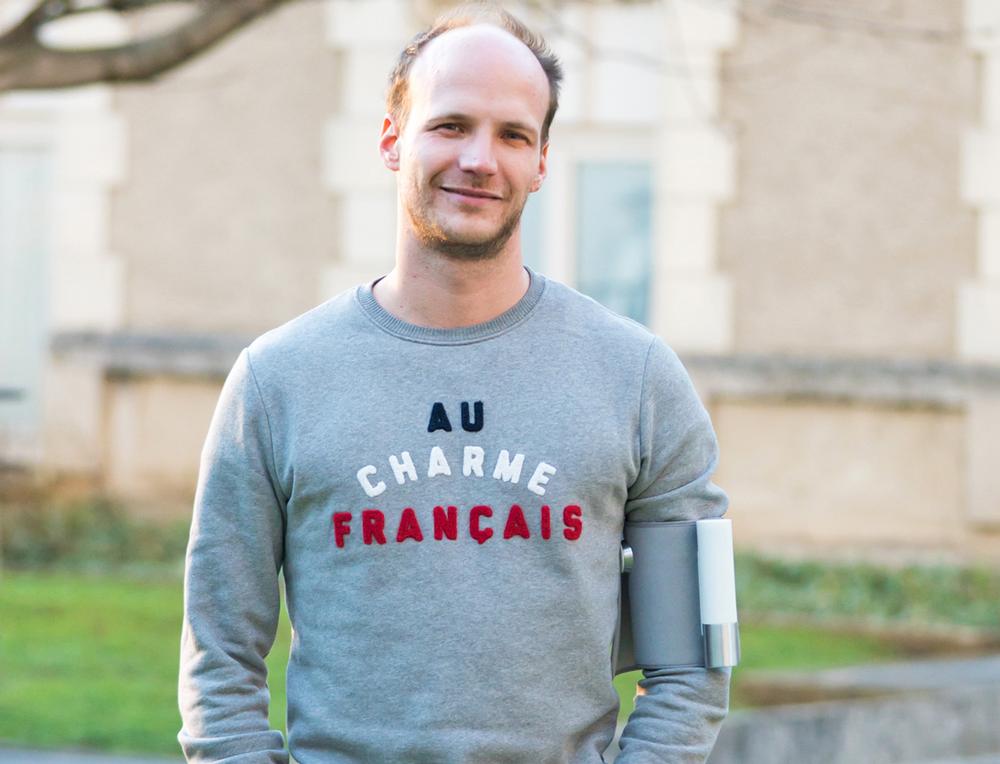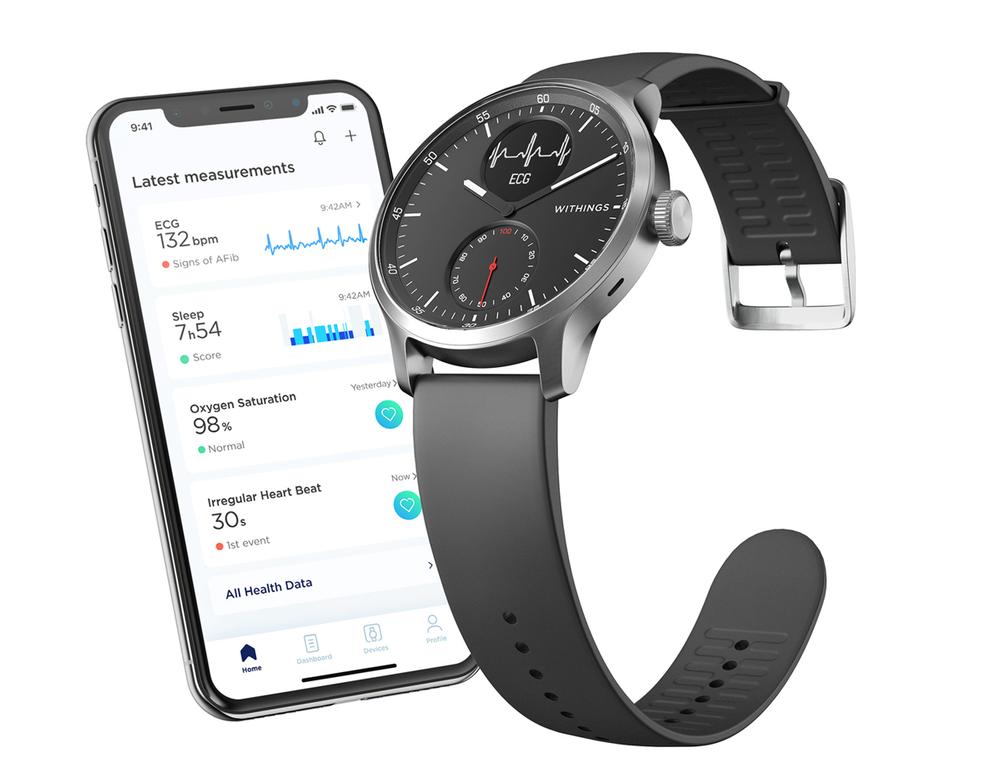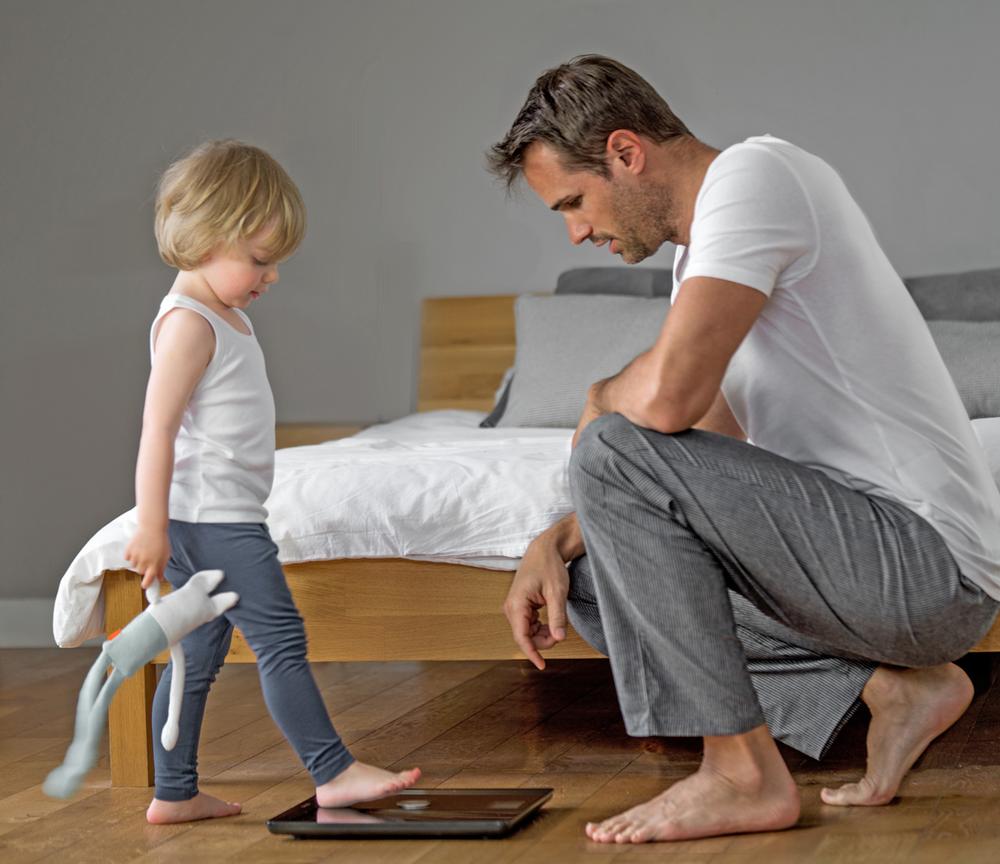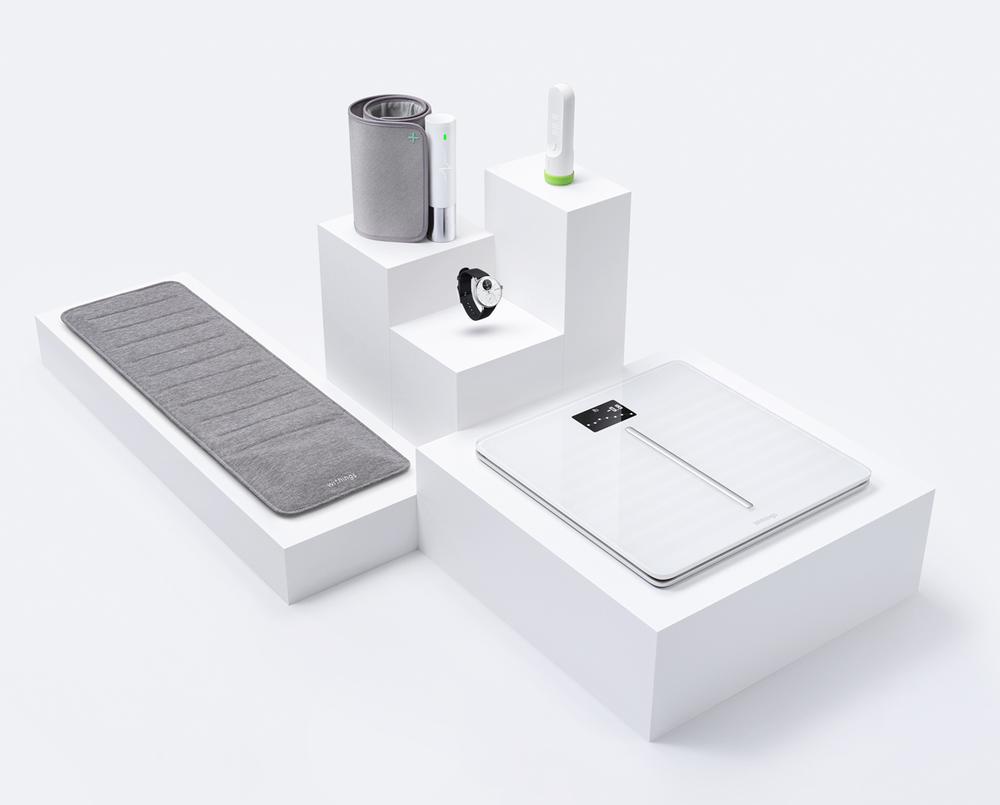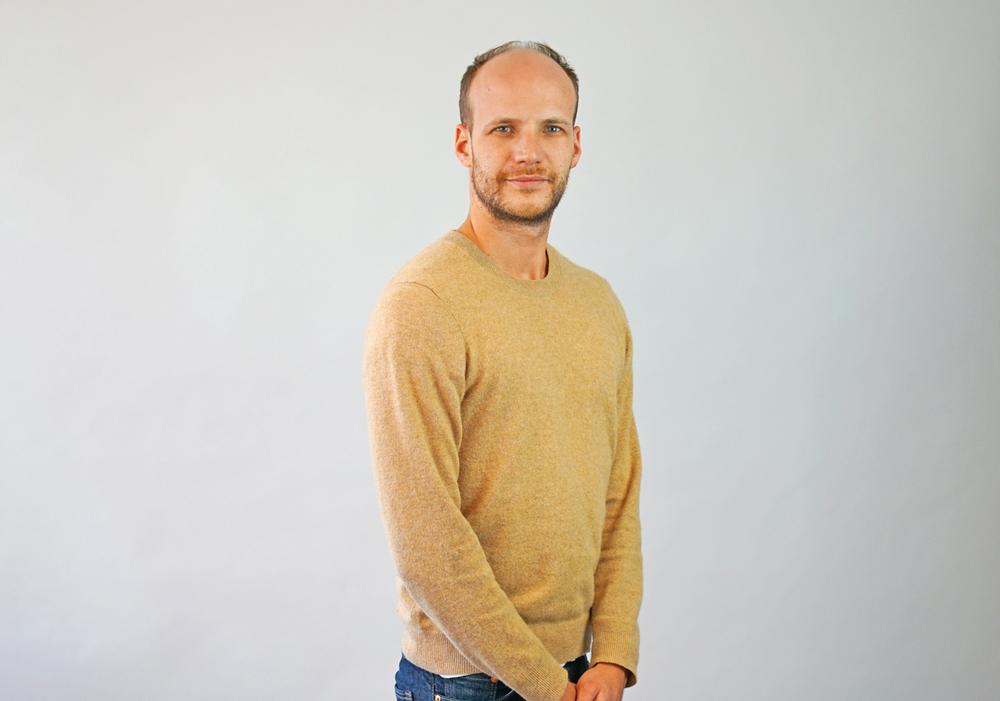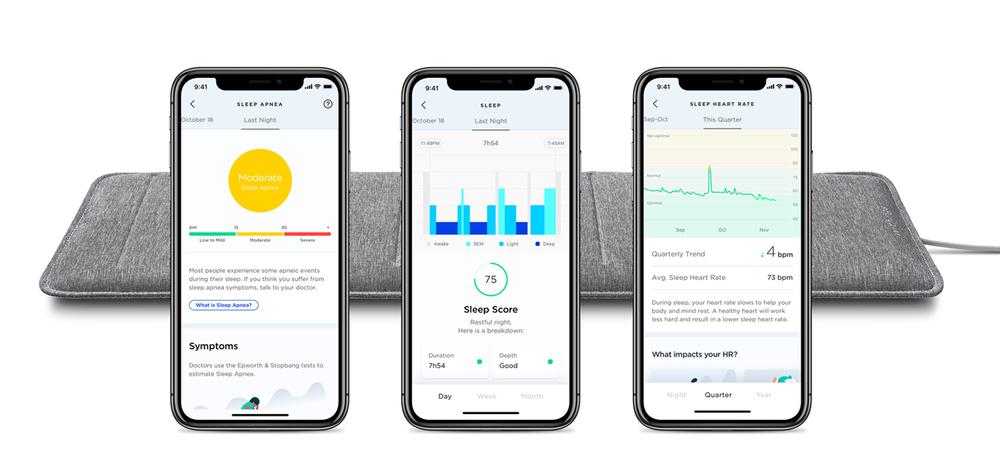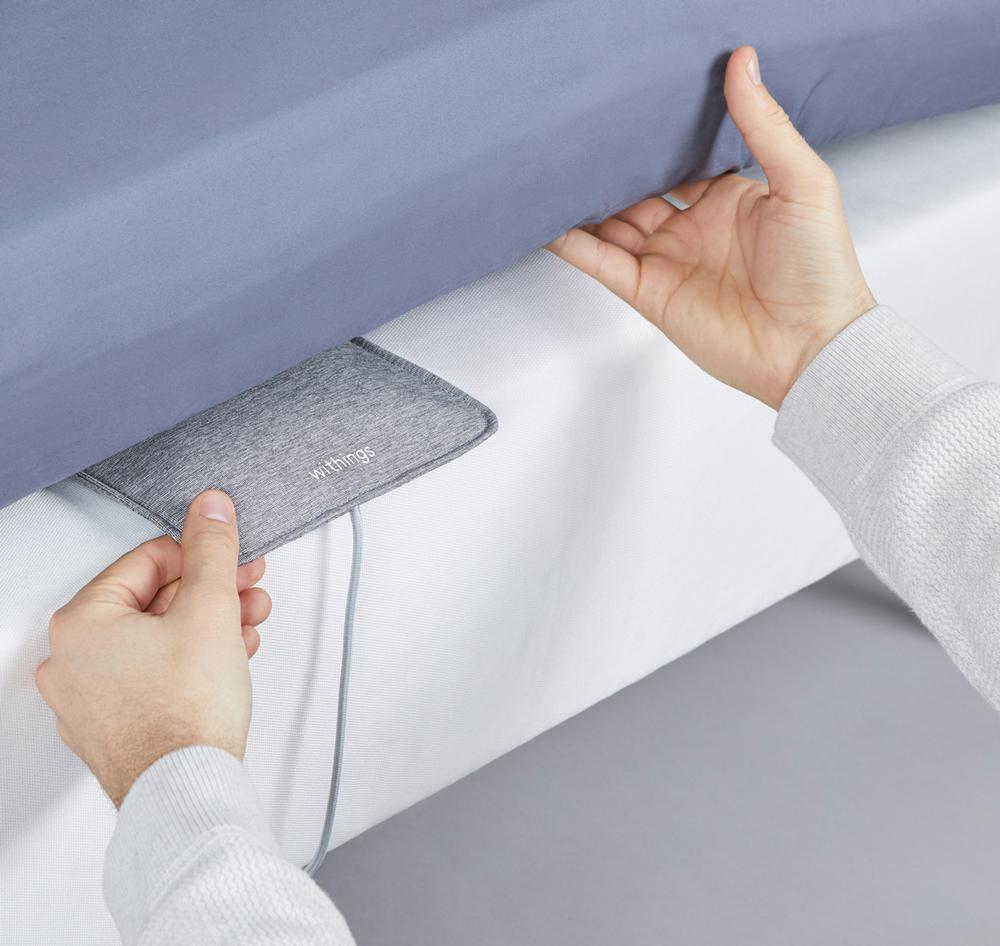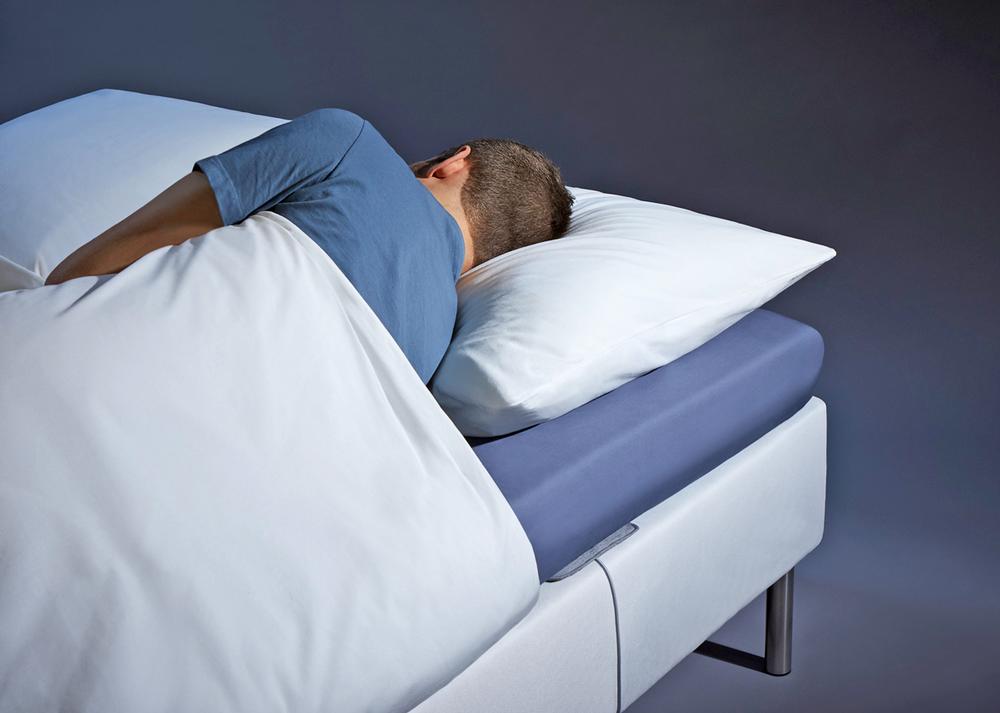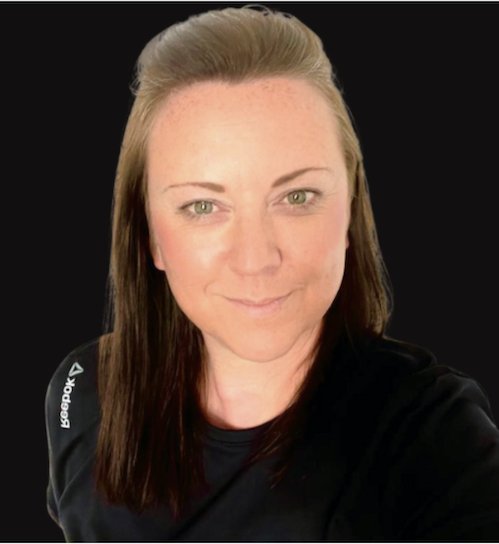Can you tell us about the Withings story – so far?
In 2008, Withings was created by a small team of engineers and the company officially launched the first ever connected scale in 2009. Following this launch, Withings rolled out a range of connected health devices, including a wireless blood pressure monitor, an under-the-mattress sleep monitoring system and the first activity tracker to be integrated with an analogue watch.
In 2016, we were acquired by Nokia to form Nokia’s health division, but in 2018, our original founder, Eric Carreel, brought the company back under the original Withings name.
Since then, we’ve been focused on bringing medical-grade, clinically validated devices into the home to provide consumers and their physicians with accurate and regular patient-generated data.
Today, we’ve built the largest ecosystem of connected health devices, which are covered by 45 technical patents and a portfolio that monitors more than 20 vital health parameters, including blood pressure, weight, sleep, heart rate, activity, ECG and more.
Tell us about your own journey within Withings
After graduating from Cachan with a bachelor’s degree in robotics, I joined Withings in 2011 as the company’s first customer support agent. From there, I continued working in customer support, ultimately leading the team and building the quality and customer support functions in France and the United States.
When Nokia acquired Withings in 2016, I joined Nokia Digital Health as the quality and customer service director. Now it’s back under the Withings name, I’m CEO.
I’ve been proud to be a member of such an innovative company for almost a decade and really believe in the company’s vision of creating beautifully designed devices that people can easily incorporate into their daily lives to manage and take control of their health.
At Withings, we’re truly improving the way both patients and the medical community are able to monitor, identify and understand health levels and issues. It’s great to be part of such an important company.
What is the big picture now?
We’re focused on being the bridge between patients and their physicians through our medical-grade, clinically validated devices.
In the early days of Withings, we created connected health devices that helped consumers understand their health levels and reach their health goals through beautifully designed, simple-to-use devices.
While we’re still committed to creating devices that are user-friendly and built into products that people are comfortable with using on a daily basis, we’ve expanded our focus to actually help patients and their physicians understand and identify serious health issues early. Additionally, we’re focused on working with the wider medical community, including institutions, payers, researchers, disease management programme directors and coaching platforms, to provide them with the medical-grade data needed to offer more personalised care and create lasting healthcare solutions.
How do you compete with the big tech companies, and all the new wearables flooding the market?
We design all our products to be non-intrusive and simple to use. Whether a customer is tech-savvy or a tech novice, our products are easy to live with. We’ve accomplished this by creating devices that have long battery lives so that people don’t have to worry about charging them daily.
In addition to our products having a beautiful design aesthetic, they also provide people with medical-grade technologies that they can use to monitor serious health conditions like AFib and sleep apnoea. We’re ultimately bringing health monitoring technologies that people would typically find in a doctor’s office into the home, in order to help patients and their physicians make lasting and sometimes live-saving changes.
We clinically validate all our products and ensure they have the certifications needed to confirm their medical-grade capabilities.
Tell us about your latest technology
We have some new technologies that we’re very excited about. One is ScanWatch, the first clinically-validated hybrid smartwatch to detect both AFib and overnight breathing disturbances. Developed with medical experts, it also monitors activity, heart rate and oxygen saturation (SpO2). It’s Withings’ most medically advanced wearable – ScanWatch is advancing the field by helping people improve their overall health and detect prevalent, yet underdiagnosed cardiovascular and sleep conditions. Like our other devices, it boasts a battery life of up to 30 days and is built into a traditional analogue watch design.
We’ve also announced a new cellular device range that includes the Body Pro smart scale and the BPM Connect Pro blood pressure monitor. Thanks to their cellular connectivity, they work right out of the box without any installation required, which makes remote monitoring easier.
Finally, we just rolled out a new feature on our Body Cardio scale. ‘Vascular age’ was developed by cardiologists to provide an easy-to-understand assessment of arterial health – just by stepping on the scale. It shows people how their cardiovascular health compares to the norms expected for their age.
How much R&D goes into one product?
Our devices are clinically validated and offer medical grade monitoring capabilities. We design our devices in conjunction with medical experts and validate them through clinical studies with leading hospitals and health institutions to ensure their capabilities. Additionally, our devices are CE and FDA-cleared before they hit their local markets.
How hard is it to get your products approved in different countries?
It’s taken some time to learn the different medical validation process for each location. However, we’re committed to getting our devices medically-validated, so it’s been a process we’re happy to have gone through.
I think ultimately the main lesson we’ve learned is how to navigate the process for each location, which moving forward will be helpful for us as we continue to validate devices.
What’s Withing’s design philosophy?
We understand that in order for people to truly understand their health and make lasting changes with the help of our devices, our products have to be designed to seamlessly fit into their daily routines. If they find a device to be complex to use, cumbersome or have to constantly worry about keeping it charged, they’re not going to keep using it.
To encourage long-term use, we aim to design beautiful products that people want to continue to use. We’ve found that the key is for our products to be aesthetically pleasing and to have long battery lives. Also, by building our technologies into everyday products, such as a set of scales, our customers are comfortable using our products from the very beginning.
Tell us about your under-mattress sleep tracking mat
Designed with sleep experts, Sleep Analyzer is a clinically-validated, unobtrusive sleep tracker that utilises the most advanced tech and sensors to monitor and analyse sleep, as well as to detect sleep apnoea, which is a highly prevalent and underdiagnosed disease. It’s currently available in Europe and has CE mark for medical devices.
The main difference between Sleep Analyzer and our other devices that monitor sleep is that it doesn’t need to be worn. The sleep tracking mat simply has to be set up once and placed under a mattress to provide medical-grade sleep monitoring and insights. When users wake up each morning, they can view a wealth of sleep insights in the accompanying Health Mate app – including if any sleep apnoea episodes occurred during the night.
How long do people typically stick to using their devices for?
We’ve conducted research on how our products’ design and insights impact long-term use. We’ve found that Withings has very high retention rates thanks to the devices’ long battery lives, connectivity and simple setup.
One interesting data point we’ve found is that 90 per cent of Withings users continue to regularly use their scales after one year and 50 per cent of users regularly continue using them after 10 years, which is impressive by industry standards.
Will the pandemic change our relationship with health tech?
The COVID-19 pandemic has made a lasting impact on the entire medical community. Practically overnight, it caused medical professionals and institutions to adapt and adjust to offer telehealth options to safely connect with and monitor patients. This has led to medical professionals tapping into our range of connected health devices to offer remote monitoring of their patients.
Additionally, consumers have learned the value of monitoring their health from home. Whether it’s checking their temperature daily before leaving the house or tracking their blood pressure to avoid a trip to the doctor’s office, we’ve seen people start to use connected health devices more at home than before the pandemic.
Long-term, I think this trend of remote patient monitoring and people using connected devices to track their health outside of the doctor’s office will continue. This will help people identify issues early and better understand their daily health levels, which is valuable to both patients and their physicians.
What are your plans for Withings?
We plan to continue to bring clinically-validated monitoring capabilities to simple-to-use devices. Our customers can expect new features and insights to be added to our range. Additionally, we plan to expand our work with medical professionals, researchers and institutions to make sure that they have access to helpful insights that allow them to make real improvements for healthcare around the world.








